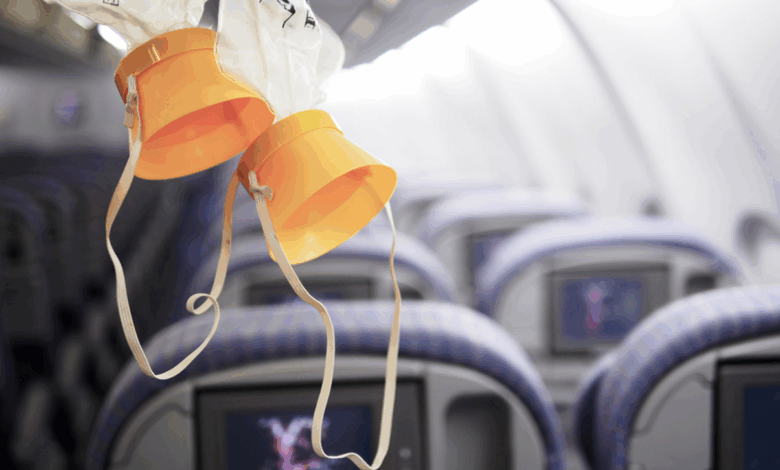What Happens If Cabin Pressure Drops?

When airplanes cruise at an altitude of around 30,000 feet, the low air density at that height requires the cabin pressure to be artificially regulated to conditions close to sea level. A malfunction in the compressors that supply this system or in the pressure control system can lead to a loss of cabin pressure.
In the event of a pressure drop, automatic systems on the aircraft activate and release oxygen masks in front of the passengers. At this moment, the duration in which a person can act consciously—referred to in aviation as the “Time of Useful Consciousness (TUC)”—is typically reduced to about 1 minute at an altitude of 30,000 feet.
In such a case, the cockpit crew immediately initiates an emergency descent procedure. The goal is to bring the aircraft down rapidly but in a controlled manner to an altitude of 10,000 feet (approximately 3,000 meters), where passengers can breathe without the need for oxygen masks. During this process, passengers may experience physiological effects such as ear blockage, dizziness, nosebleeds, or loss of consciousness.
Modern commercial aircraft are equipped with multi-layered backup systems for such scenarios. Therefore, even in the event of an unexpected loss of cabin pressure, the training of the crew and the prompt response of passengers to procedures typically ensure that the situation is resolved safely.



